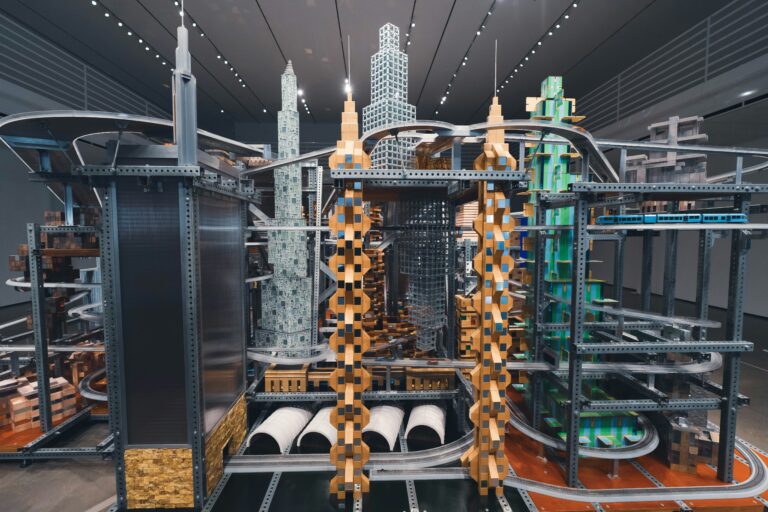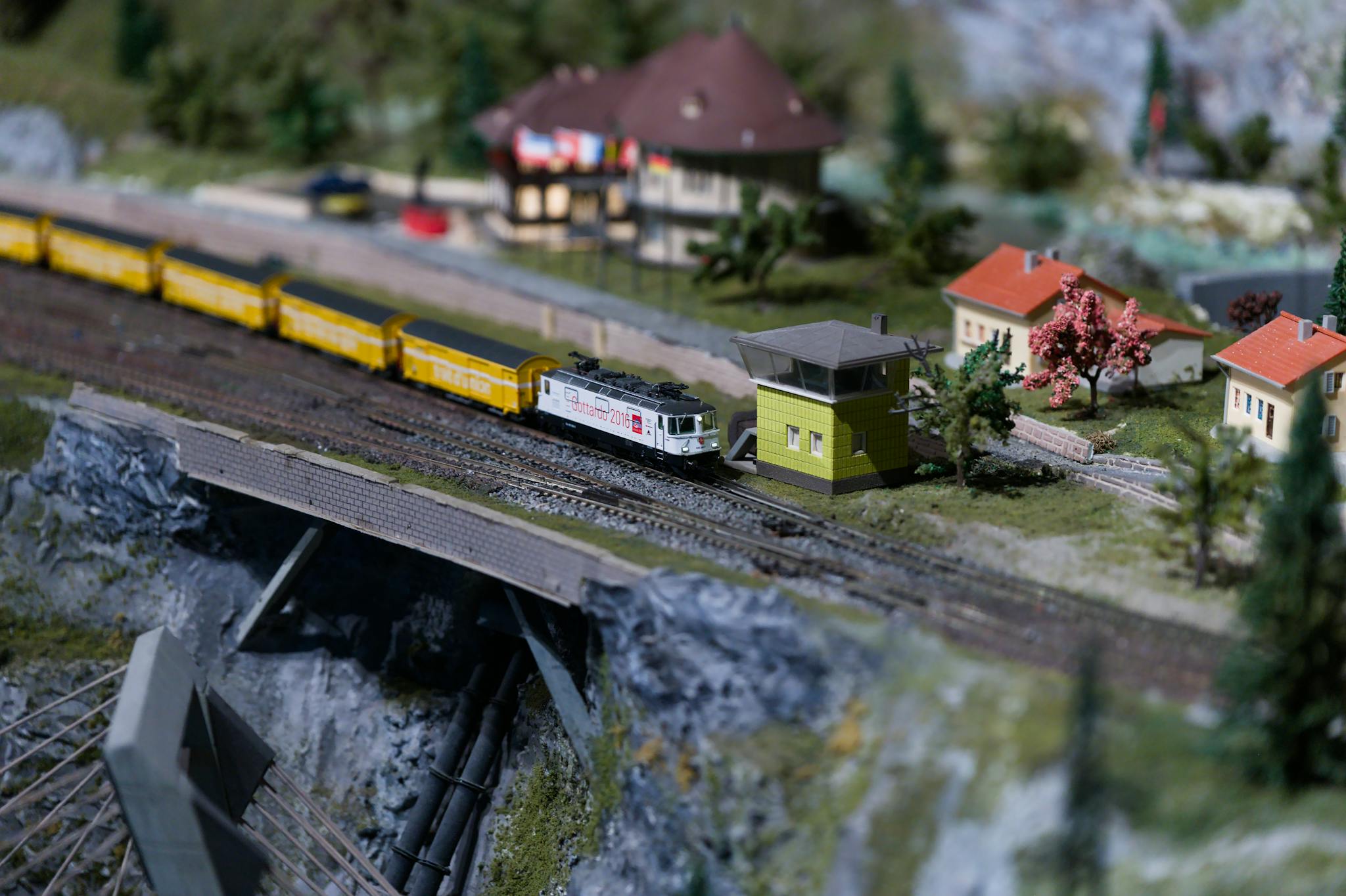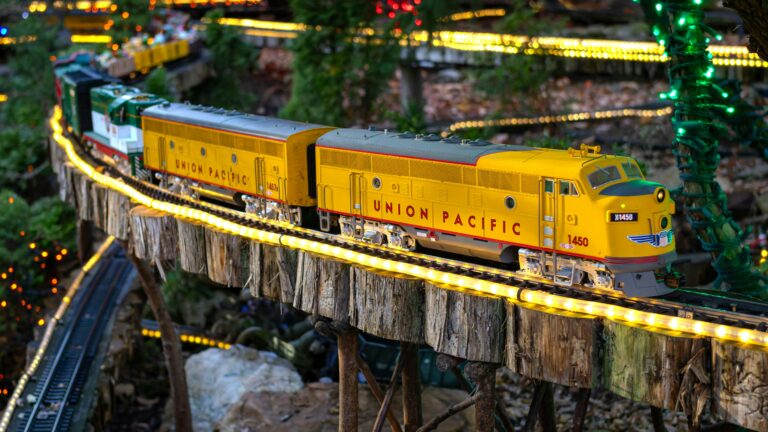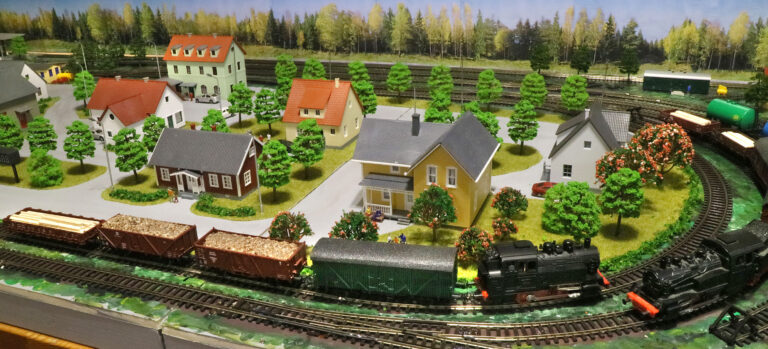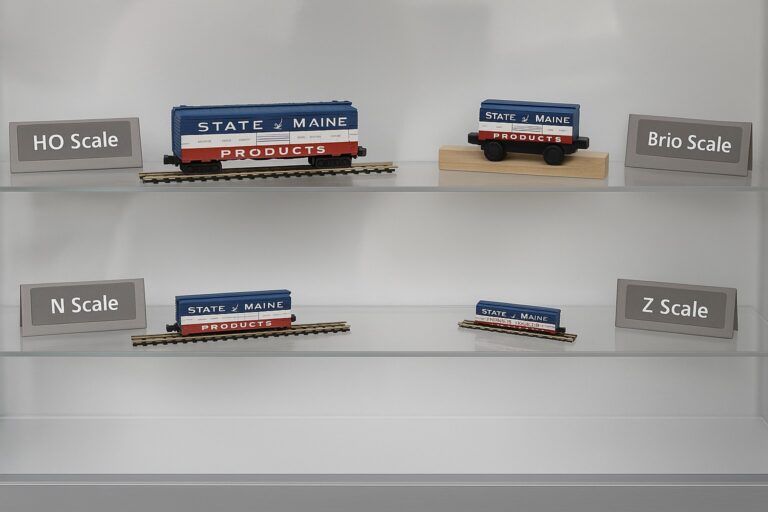Returning to the Hobby? 5 Grown-Up Layouts That Don’t Feel Basic
Back in the hobby? These five layout ideas offer the right balance of simplicity and depth—no kids’ table setups here.
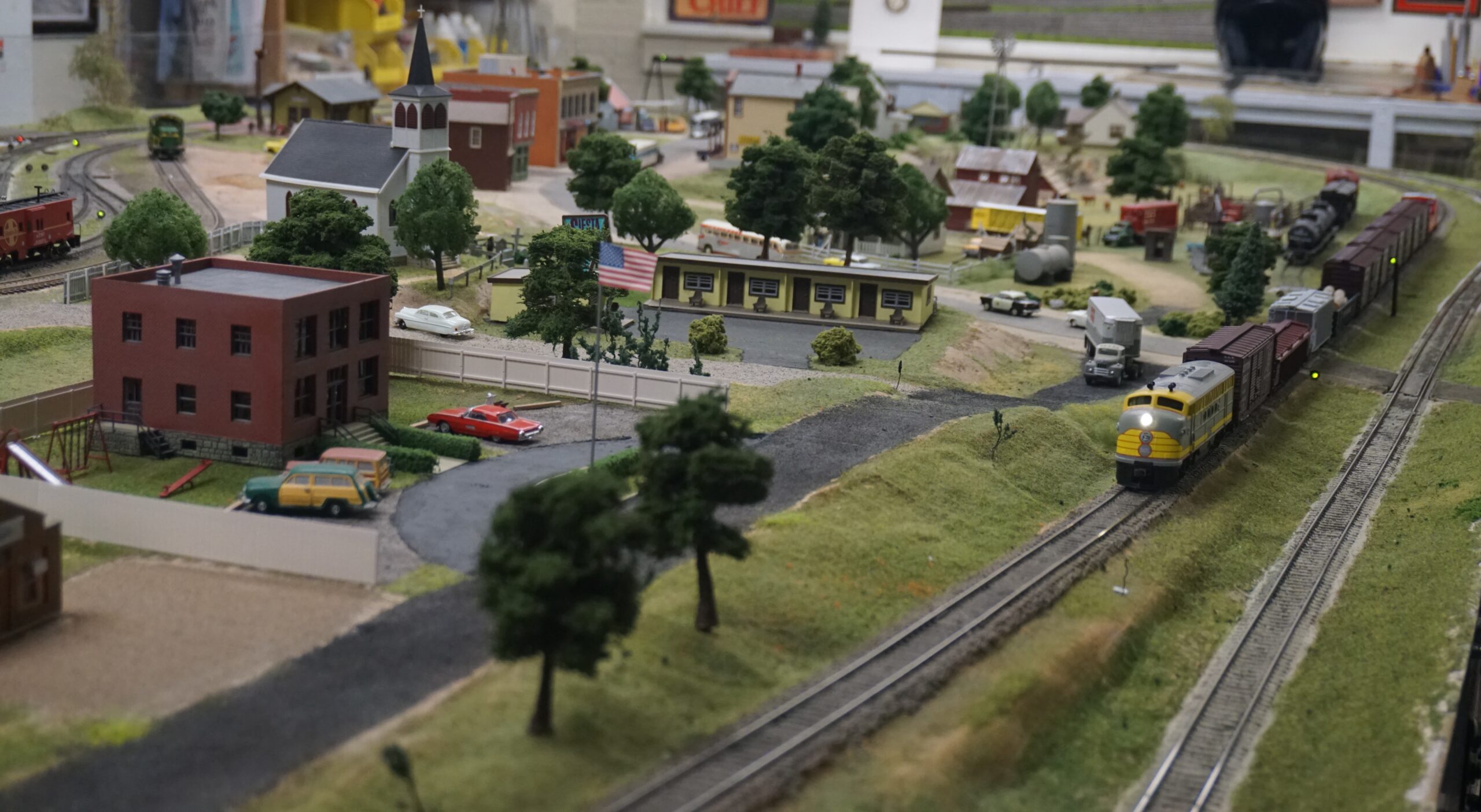
If you’re coming back to model railroading after a few years—or decades—you’re not alone. Many adult hobbyists are rediscovering the satisfaction of designing and running their own miniature rail systems. But there’s one catch: a lot of beginner layout plans feel a bit underwhelming.
You’re not looking for a toy. You want something with charm, realism, and enough complexity to stay interesting without requiring a dedicated basement or a full-time job to maintain.
Here are five adult model railroad layouts that strike the perfect balance—simple enough to build in a spare room, but with enough detail and purpose that they never feel basic.
1. The Branchline Terminus
This layout emulates a small rural station at the end of a branch line—think quiet countryside, a single-platform halt, and a few sidings for freight. Trains come in, passengers disembark, and short goods consists are dropped off or rearranged.
Why it works:
You only need a short stretch of mainline and a runaround loop. There’s no continuous running, but that’s the point: operation is hands-on and deliberate. You can incorporate timetable-based sessions and use prototypical shunting moves with limited space.
Best for: Builders with a narrow shelf or L-shaped corner, looking for space-efficient layout options.
Related Reading: If you’re not sure how much room you’ll need, check out HO vs N Scale: Which One’s Better for Your Space and Budget.
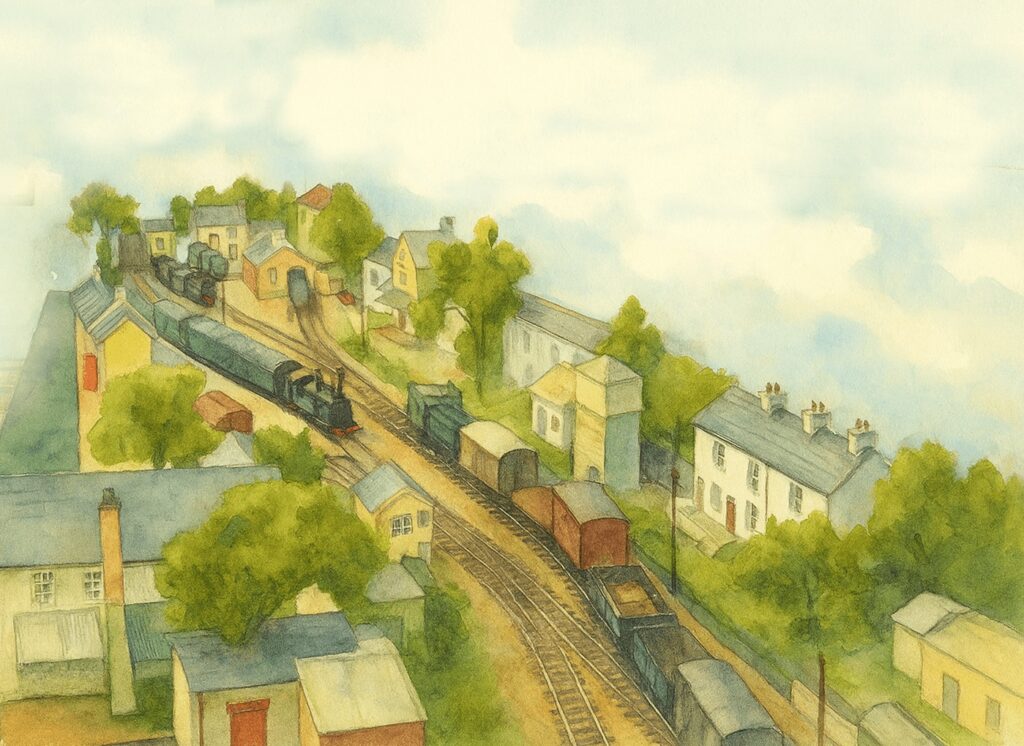
2. The Urban Switching Puzzle
This layout is inspired by real-world industrial zones—tight track geometry, lots of freight customers, and dense urban scenery. It’s a form of “shunting puzzle” where strategic planning makes operation rewarding.
Why it works:
You don’t need a loop. Just a few sidings, a short lead, and some industries are enough to give your switcher plenty to do. The key is in sequencing the moves to avoid bottlenecks—this is layout planning at its most cerebral.
Build Tip: Pair this layout with DCC if you want more refined control, but it also works fine analog.
Further Exploration: Interested in simpler entry points? See Simple Model Train Layouts That Won’t Overwhelm New Hobbyists.
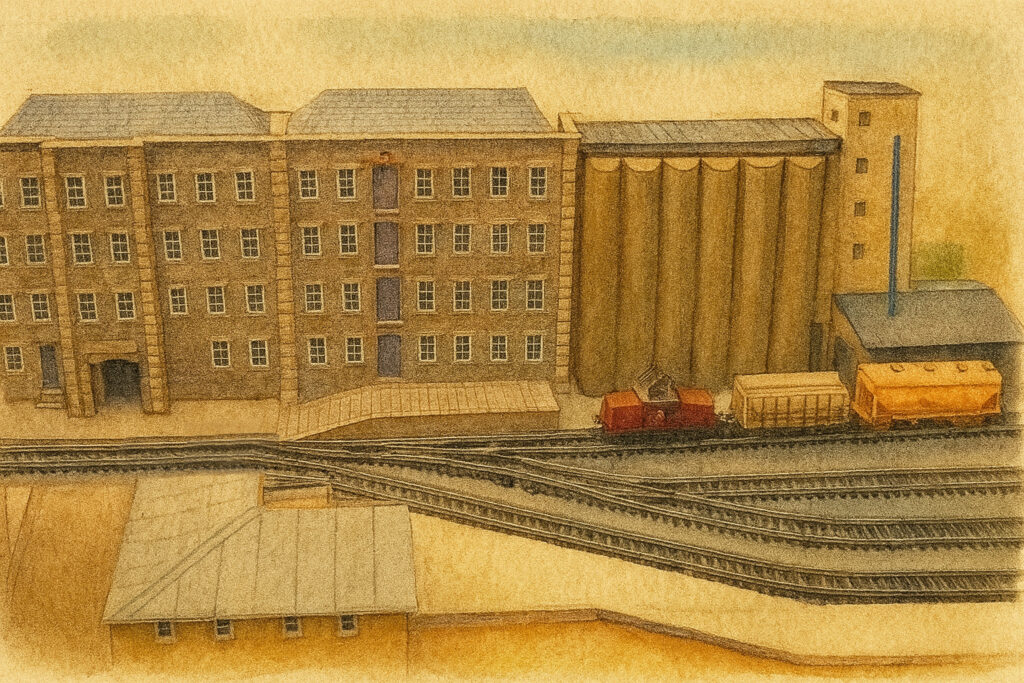
3. The Double Loop with Scenic Divide
At first glance, it’s just an oval—but add a scenic divider down the middle and you’ve got two distinct scenes, with continuous running and visual depth. This layout is ideal for those who want motion without micromanaging operations.
Why it works:
The divider lets you create contrasting scenes—mountains on one side, a small town on the other—making the train’s journey feel purposeful. Add a tunnel or overpass and the illusion of distance becomes even more compelling.
Flexibility:
Works well in both HO and N scale. HO gives you better detailing options; N fits more track in the same footprint.
Want to Go Bigger? Take it further with Advanced Model Train Layouts That Push the Limits of What’s Possible.
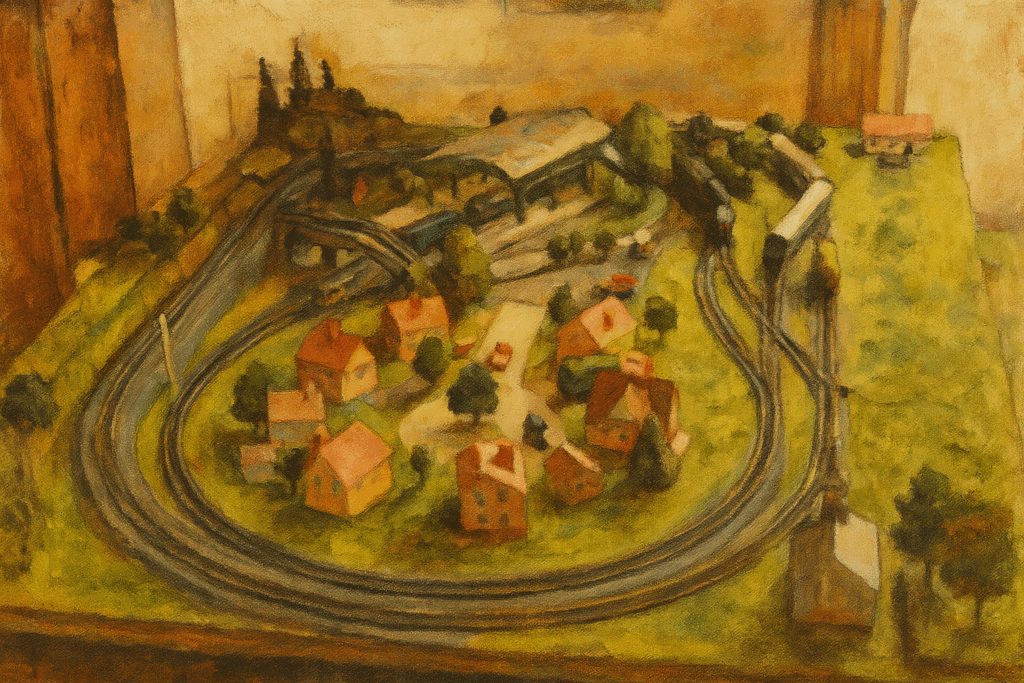
4. The Folding Dogbone
This compact version of the dogbone track plan loops back on itself in a figure-eight shape, often with folded-over ends to save space. With elevation changes and smart scenery, it creates an engaging illusion of distance and complexity.
Why it works:
Continuous running is built in, but the plan also supports sidings and small yards. You can run two trains alternately or add a passing siding for meets.
Upgrade Path:
Add elevation to one side of the fold, creating a bridge or trestle. This makes a great canvas for more advanced terrain modeling.
Need Quality Gear? When you’re ready to upgrade your roster, consult our review of the Top 10 Model Train Brands Ranked by Hobbyists.
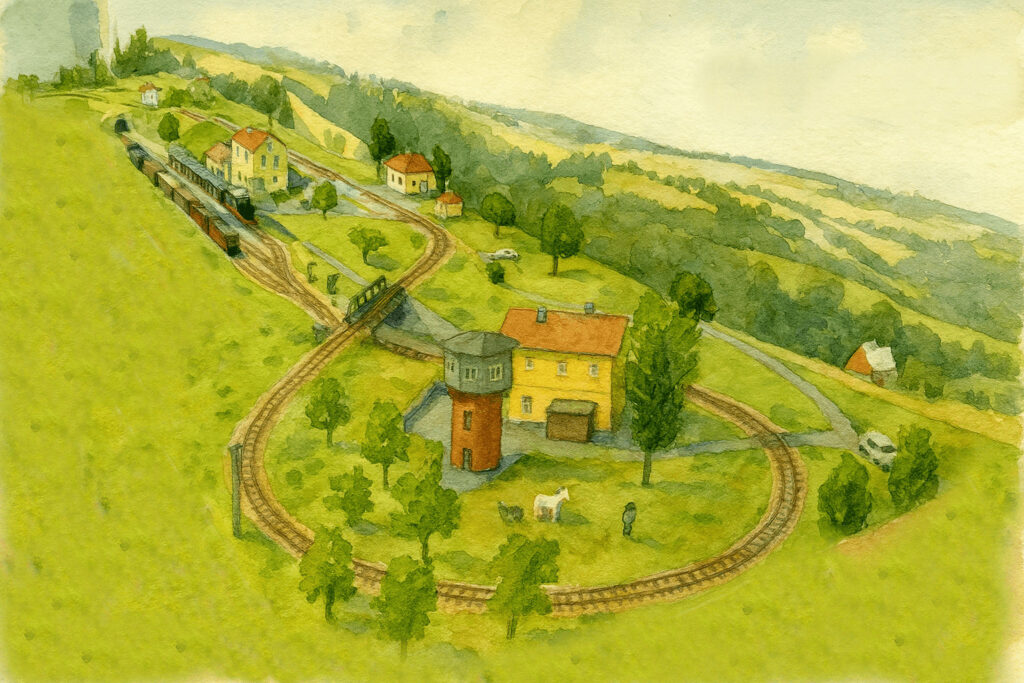
5. The Point-to-Point Freight Line
Point-to-point layouts mimic real operations, where trains start at one yard and terminate at another. Even in a single room, this design introduces meaningful movement and a clear sense of purpose.
Why it works:
With staging yards at both ends, you can simulate freight schedules, assemble trains, and perform local deliveries. It’s perfect for hobbyists who want prototypical operations without excessive sprawl.
Pro Tip:
Use removable or drop-down staging cassettes if you’re short on space—many modular modelers swear by them.
Scales That Work:
Both HO and N are viable here. If you want longer runs and more cars, N scale gives you more bang per square foot.

Final Thoughts
These layouts are a strong entry point for returning hobbyists who want something more than a starter oval. Each one offers a different flavor—whether you enjoy realistic layout design, puzzle-like operations, or scenic immersion.
They’re all space-efficient, deeply engaging, and built with the adult model railroad in mind.

